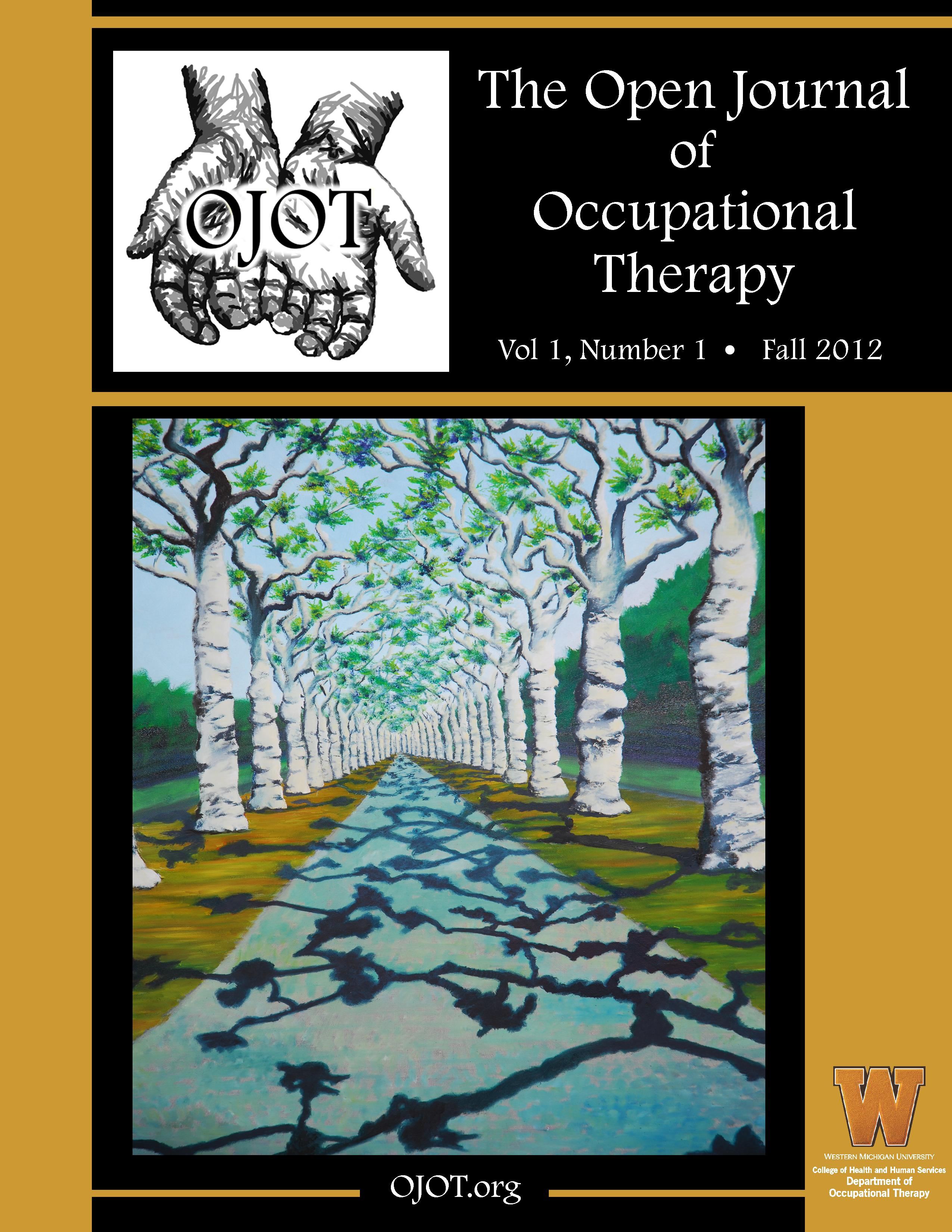ScholarWorks > HHS > OT > OJOT > Vol. 6 > Iss. 2 (2018)
Credentials Display
SueAnn Woods, MOT, OTR/L, CHT, CLTChrista Lilly, PhD
Abstract
Background: Pinch strength is indicative of later functional hand use following injury to hand. However, we believe clinicians (and more specifically CHTs) currently do not use a consistent measurement of pinch grip, despite availability of a “gold standard” of current (2015) ASHT standards for measuring pinch grip.
Methods: This cross-sectional survey (N = 175, 35% response) was designed to determine whether CHTs adhere to the standardized testing position for palmar pinch strength as recommended by the ASHT.
Results: Results determined that only 5.7% (n = 10) of the CHTs surveyed complete the entire ASHT standardized testing position. An additional 18.3% (n = 32) of the CHTs reported positioning the upper arm, forearm, and wrist per the guidelines, but did not hold under the gauge as recommended. The low percentage of adherence to this position contrasts with the majority of the CHTs (98.3%) reporting using standardized testing position for grip strength for at least 75% of attempts.
Conclusion: It is possible that the pinch guidelines are not as widespread in the literature, and therefore, clinicians are not able to reference the recommended standardized positions.
Recommended Citation
Woods, S. R., & Lilly, C. (2018). Pinch Testing Positions Among Certified Hand Therapists: A Cross-Sectional Survey. The Open Journal of Occupational Therapy, 6(2). https://doi.org/10.15453/2168-6408.1438



Comments
The authors report no conflicts of interest to disclose.